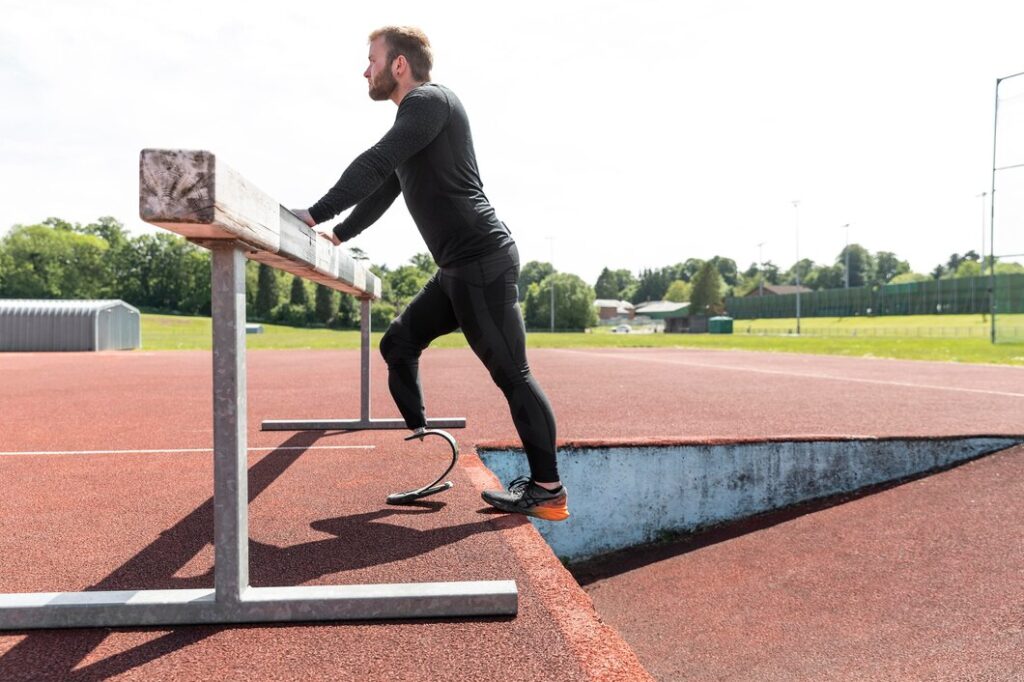In a world where diversity and inclusivity are becoming increasingly significant, sports remain a potent platform for bringing people together. However, various barriers still hinder true inclusivity in sports, affecting athletes and enthusiasts alike. This blog post seeks to unravel these obstacles and explore actionable strategies to break down barriers, fostering a more inclusive future that welcomes everyone on and off the field.
Understanding the Barriers in Sports
The realm of sports is not free from hurdles. These barriers manifest in multiple forms, impacting participation and performance. First, physical barriers often emerge from accessibility issues, preventing individuals with disabilities from accessing facilities and resources. These limitations can significantly affect their ability to compete or even participate in sports activities, leaving potential talent untapped.
Socioeconomic barriers present another challenge. Financial constraints often deter underprivileged individuals from pursuing sports, whether due to the cost of equipment, training, or travel expenses. These limitations can exclude talented individuals from reaching their full potential, perpetuating inequality within sports.
Cultural barriers, including stereotypes and discrimination, further complicate the landscape. Prejudices based on race, gender, or sexual orientation create an unwelcoming environment for some athletes, hindering their ability to perform at their best. Addressing these barriers is crucial for a fairer, more equitable sports environment where everyone can thrive. Learn here about How to Break Down Barriers in Sports.
The Importance of Inclusivity in Sports
Inclusivity in sports offers numerous benefits for individuals and communities alike. On a personal level, participation in sports promotes health and well-being. Engaging in regular physical activity helps prevent chronic conditions, boosts mental health, and enhances overall quality of life. Ensuring inclusivity maximizes these health benefits for everyone.

On a broader scale, sports facilitate social interaction and teamwork, fostering a sense of belonging among participants. Inclusive sports environments encourage people from diverse backgrounds to come together, learn from one another, and create lasting bonds. This unity extends beyond the playing field, ultimately strengthening communities.
There are numerous success stories of inclusive sports initiatives making a real difference. Programs focused on integrating individuals with disabilities, empowering women, or supporting minority communities showcase the incredible potential of inclusivity. These initiatives demonstrate how sports can transcend barriers and create meaningful change.
Strategies to Break Down Barriers
Addressing these barriers requires a multifaceted approach, involving policy changes, community engagement, education, and improved accessibility.
Policy and Organizational Change
Advocacy for inclusive policies within sports organizations is essential. Establishing diversity and inclusion committees can drive change from within, ensuring that sports environments cater to all participants. These efforts can set a precedent for inclusivity, inspiring others to follow suit.
Community Engagement
Collaborating with local organizations and schools can promote awareness and foster inclusivity. Community events can provide platforms for discussing diversity and showcase inclusive practices, encouraging widespread participation and support.
Education and Training
Training coaches and officials on inclusivity can improve their understanding of diversity and the importance of teamwork. Educating athletes on these topics helps create a welcoming environment, benefiting participants and spectators alike.
Accessibility Improvements
Enhancing facilities for individuals with disabilities is crucial for removing physical barriers. Providing financial support for underprivileged athletes ensures that socioeconomic factors do not limit participation. These improvements help level the playing field, enabling everyone to compete on equal terms.
Case Studies
Several sports programs have embraced inclusivity with impressive results. For example, the Special Olympics has been a pioneer in promoting sports participation among individuals with intellectual disabilities. By offering tailored programs and resources, the organization has empowered countless athletes to shine.
Similarly, the Women in Sports initiative has worked tirelessly to increase female participation in sports. Through advocacy, support, and awareness campaigns, the program has successfully challenged gender stereotypes and created opportunities for women in sports.
Analyzing these case studies reveals the effective methods employed and the positive outcomes achieved. Their success stories offer valuable insights for those looking to implement inclusive practices in their own sports environments.

Future Perspectives
Looking ahead, technology holds immense potential for promoting inclusivity in sports. Innovations such as adaptive equipment and virtual reality training can level the playing field for individuals with disabilities, opening up new possibilities for participation.
Encouraging a culture of acceptance and diversity in sports is vital for sustaining progress. By fostering an inclusive mindset, we can create a sports environment that celebrates differences and embraces diversity, paving the way for a more equitable future.
Conclusion
In conclusion, breaking down barriers in sports is essential for building a more inclusive future. By understanding the challenges, promoting policy changes, engaging communities, and enhancing accessibility, we can create sports environments that welcome everyone. Let’s unite in our efforts to support inclusivity in sports and work together to make a difference.
FAQs
What are some examples of barriers in sports?
Barriers in sports can include physical obstacles like inaccessible facilities, socioeconomic challenges such as financial constraints, and cultural issues like stereotypes and discrimination.
How can individuals contribute to breaking down these barriers?
Individuals can advocate for inclusive policies within sports organizations, engage with local communities to promote awareness, and educate themselves and others on the importance of diversity in sports.
What resources are available for promoting inclusivity in sports?
Numerous organizations and programs focus on promoting inclusivity in sports, offering resources, support, and guidance for those looking to create more inclusive environments.
By addressing these barriers and promoting inclusivity, we can pave the way for a more diverse and welcoming sports environment that benefits athletes, enthusiasts, and communities alike.

